 Welcome to the
Welcome to theFarningham and Eynsford
Local History Society
EYNSFORD Walk-about -
A guide to this Domesday village
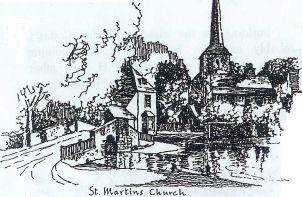
Take an hour or so's stroll and savour the atmosphere of a Kentish village not too much changed over the centuries, add another hour, and visit the Roman villa and Lullingstone Castle and its Tudor Gatehouse.
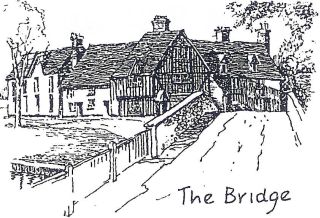
Starting at the bridge look for the projecting masonry, believed to be a stone angel, now unrecognizable, on the side of the bridge facing upstream. With Mill House on your left visit St Martin’s Church through its lychgate and Norman doorway arch. The church was the centre of an historic dispute between William de Eynsford and Thomas Becket. Then turn right out of the church into the High Street and continue to the War Memorial at the bottom of Bower Lane. This was once the site of the village stocks. The group of white weather boarded cottages by the War Memorial has changed little and 3,4,5 Elizabeth Cottages form a fine example of a C15 Wealden house.
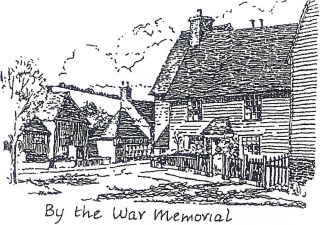
Continue to the Castle Hotel on the right, passing the Five Bells PH. Opposite the hotel is the cottage where the composers Peter Warlock and EJ. Moeran lived in the 20's, and the Baptist Chapel. To the left of the village store is an access lane leading to Eynsford Castle, a Norman stronghold of which much of the 30 feet high outer walls remains.
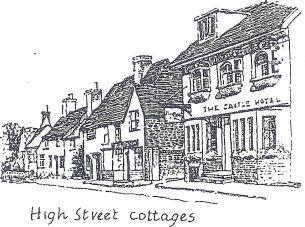
Turn back towards Bower Lane passing Eynsford House and Russell Garth Cottages. As you approach the church you will see a Georgian building, Ford House, on your right.
Continue along Station Road, past the Malt Shovel PH, to where it bends and narrows. On the left is the old village school and opposite is Willow Cottage, a C17 timber framed cottage once occupied by the artist Graham Sutherland.
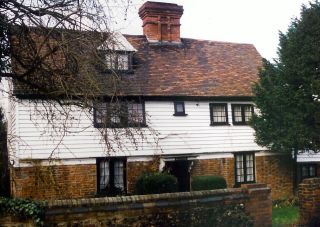
Walking on you pass two more whitewood cottages, Avenue Cottage and Flinters, and finally Bay Tree Cottages, one of which has a front wall of knapped flint. A fine pair of Georgian houses is tucked away behind the high wall to your left.
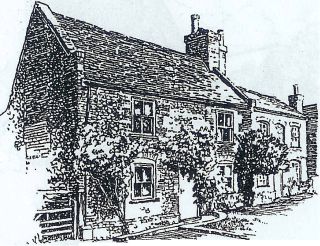
Turning around, retrace your steps to the bridge and the ford. The village probably gets its Saxon name from the ford, Aegen's ford, so, from here with your back to the church, cross the 17th Century bridge and walk along Riverside.
The first building on the right is Tudor Cottage, probably once an inn, with C16 adjoining cottages. Just past the Plough P.H. is another C16 jettied cottage, The Malt House.
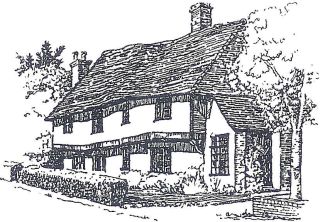
Further up on the opposite side is the square Georgian Home Farm next to Toll Bar Cottage where tolls for the main turnpike road were collected. More knowledgeable locals used nearby Sparepenny Lane to save their pennies.
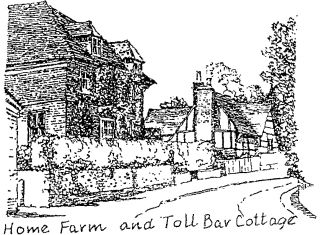
From here, you might want to continue your walk out of the village and follow the line parallel to the river under the railway viaduct (opened in 1862) which brings you in half a mile to Lullingstone Roman villa, (www.english-heritage.org.uk) with one of the earliest known place of Christian worship in the country and continue to Lullingstone Castle with its Tudor Gatehouse and World Garden (www.lullingstonecastle.co.uk)
Retrace your steps to Riverside and the end of your walk around the village.
Bill Burcham
Updated by FELHS in 2020

